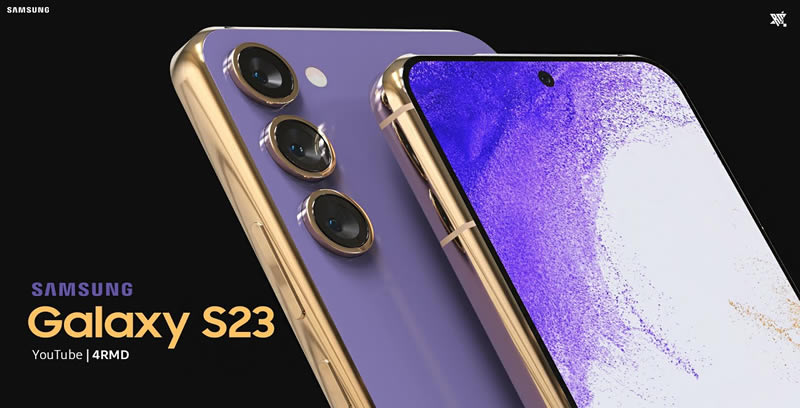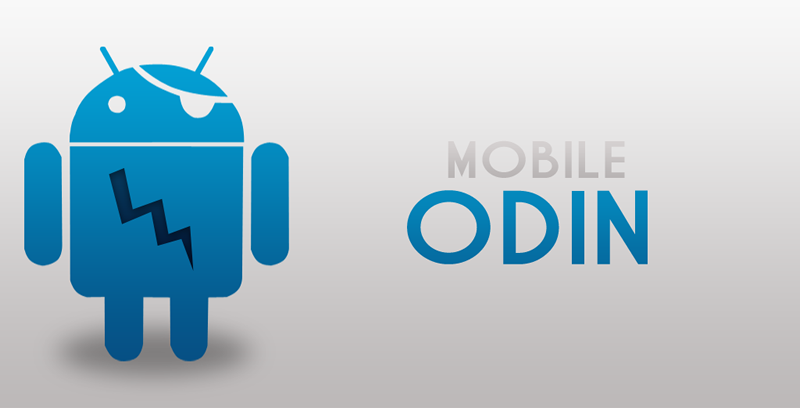Search result

OnePlus is the pioneer in bringing flagship grade smartphones at an affordable price and unlike most other Chinese vendors who flood the market with offerings in every price segment, they stick to releasing one or two smartphones per year. This year, OnePlus is rumoured to release a second more powerful version of its OnePlus 3, aka the OnePlus 3T. While there have been no official confirmation regarding the handset, rumors are going haywire. Here's a short overview of what we have heard so far.
Improvements:
Qualcomm Snapdragon 821 SoC will replace the older SD 820
Upgraded Sony IMX395 16-mp camera sensor with f/1.7 aperture and dual-core autofocus
Android 7.0 Nougat pre-installed.
Pricing

According to Evan Blass (@evleaks), the OnePlus 3T will be priced at $80 more than the original OnePlus 3. If that is indeed the case then the 64GB version of the 3T might just be priced at $480.
Release Date
Rumors suggest that the OnePlus 3T will see the light of day in December and we tend to agree. A December release would mean a six-month gap in-between both the older OnePlus 3 and the upcoming OnePlus 4. There's also the Holiday season coming up, so December does seem quite likely, provided such a device actually exists of course!
Saikat Kar (tech-enthusiast)
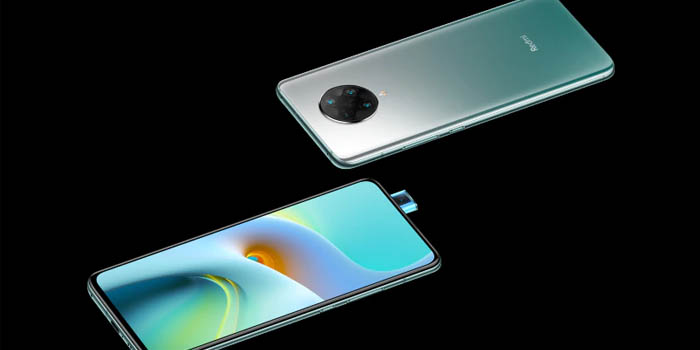
Xiaomi just completed its 10 years in the industry and took advantage of the celebration event to launch a few interesting products along with the Mi 10 ultra. The Redmi K30 ultra is a flagship smartphone by the company and looks almost similar to the K30 Pro. However, there are a few hardware upgrades that make it worth buying. The Redmi K30 Ultra features a 6.67-inch large Samsung AMOLED display with an FHD+ resolution of 1080 x 2400 pixels. The display is charge and comes with great contrast to create a vivid and colorful experience for the user. The display supports a 120Hz refresh rate. The device has no notches at the front side and comes with a pop-up camera for the selfie pictures.
The phone is powered by a powerful MediaTek 5G processor and supports outstanding AI functionality with six-core independent APU 3.0 that enables accuracy for more application scenarios. The device can balance computing power with power consumption. Redmi K30 Ultra has been ranked first in the ETH Zurich AI-benchmark ranking. The phone runs on dual hyper engine 2.0 and game turbo optimization engines that make it a perfect tool for playing games and responsive multi-app functionality.
The Redmi K30 ultra features a quad-camera system at the rear side, consisting of a 64MP primary camera, a 13Mp ultra-wide-angle camera, a 5MP macro camera, and a 2MP portrait depth camera. The primary camera supports four-in-one large pixels, allowing the hardware to combine smaller pixels to final results for an ultra-clear image. For videos, it uses zoom support, three microphones for clear audio recording during filming. The phone has a big 4,500mAh battery that is good enough to keep the phone alive the whole day. There is also support for 33W fast charging that allows the phone to get fully charged from zero to 100% within just one hour. The phone is available in three colors - moonlight white, midnight black, and mint garden.
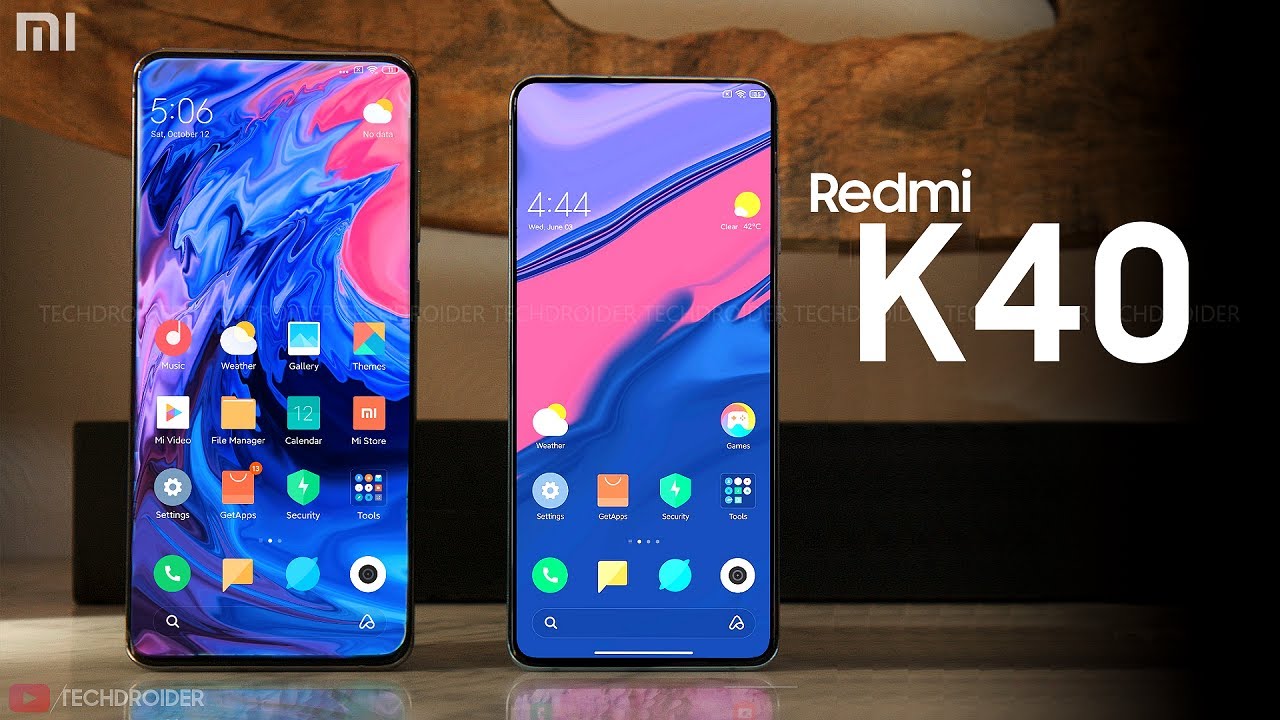
If you liked Redmi K30's design, you are going to love K40. it's a much more refined model than its predecessor. It weighs only 196g. From the rear side, the design of K40 is almost the same as Mi 11 design. The camera module is elongated and camera sensors are distributed more evenly.
The fancy gradient back cover and camera placement overall make the rear side of the phone more clean and elegant. The red and blue gradient color is the primary color of the K40 where it refracts blue and red in different lights. Many people are going to love this fancy gradient.
K40 uses a flat E4 OLED screen with 1080 pixels and a 120Hz refresh rate featuring 1,300 nits of peak brightness while consuming almost 15% less electricity, the performance is truly astonishing. With the support for a three-finger 360Hz touch sampling rate, the screen is more responsive than other phones.
The front camera is housed inside a tiny 2.76mm hole-punch, and this is probably the smallest hole-punch we have ever seen on any other mobile phone. The screen has an adaptive color display which was found in iPhone. It adjusts the screen's color temperature to the color temperature of the ambient light that helps to reduce eye strain.
Given the price tag, we are not expecting too much from the photography section. K40's primary camera doesn't have any optical image stabilizlation. The ultra-wide camera is 8MP and there is a 5MP telephoto macro lens of the same type as the Mi 11. In real life, the K40's main camera take slightly over-exposed photos.
The dynamic range is also not so good and the colors are not vibrant enough. We would rate the camera performance as an average show. The K40 comes with a 4,520mAh battery with software optimization that is pretty good with 33w of charging. It can be fully charged from 0 to 100% in 54 minutes.
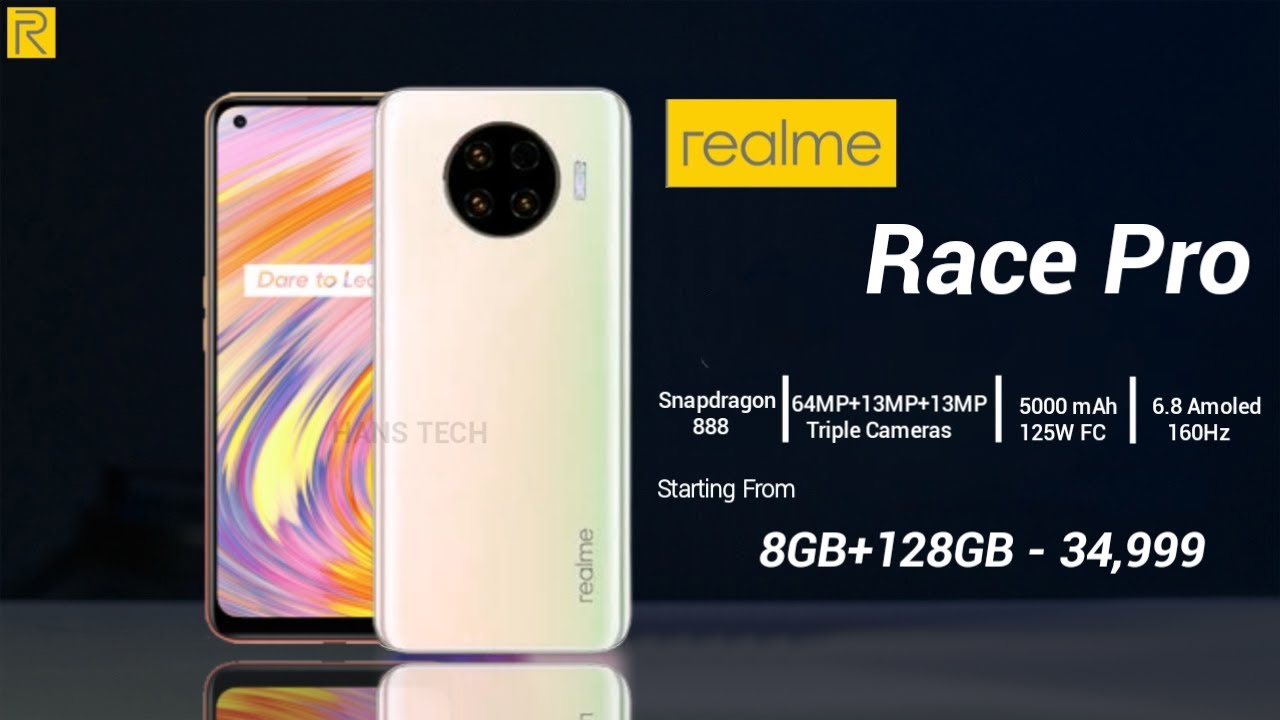
Realme is ready to show off its next smartphones for 2021 - Realme Race Pro and Realme X9 Pro. The company has been working on the display technology for these mobile phones. The Realme Race Pro will feature a large 6.8-inch OLED display screen with a 1440p and 160Hz refresh rate. Higher display rates are not rare but so far only phone manufacturers came up with 160Hz before Realme. The device will be powered by a high-speed Snapdragon 888 processing chip and comes with a 12GB of RAM configuration. The phone comes in two variations - 12GB and 512GB for internal storage.
Realme Race Pro will run on Android 11 with Realme UI 2 interface and Adreno 660 GPU. The device will feature a triple camera system at the rear panel with 64-megapixel primary camera sensor and two 13-megapixel camera sensors. The front camera isn't' specified yet but according to rumors, it will have a panorama feature. There will 4k video support at 30fps, 1080p at 30, 60, and 120fps. For security, it uses an under-display fingerprint scanner that uses optical scanning technology. The device will be powered by Li-Po 5,000mAh non-removable battery that comes with 125W fast charging. The phone will be available in black and a few other colors.
While the Realme X9 Pro isn't the most powerful smartphone on the market, it should still make some significant improvements over its rival devices with MediaTek's flagship-category Dimensity 1200 chip. The device comes with a 6.4-inch OLED display with 1080p and 120Hz refresh rate. The Pro features up to 2556GB of internal storage, 4,5500mAh battery, and 65W fast charging. Like Realme Race Pro, Realme X9 pro also comes with triple-cameras at the rear panel with a 64-megapixel primary camera and a couple of 13-megapixel lenses.
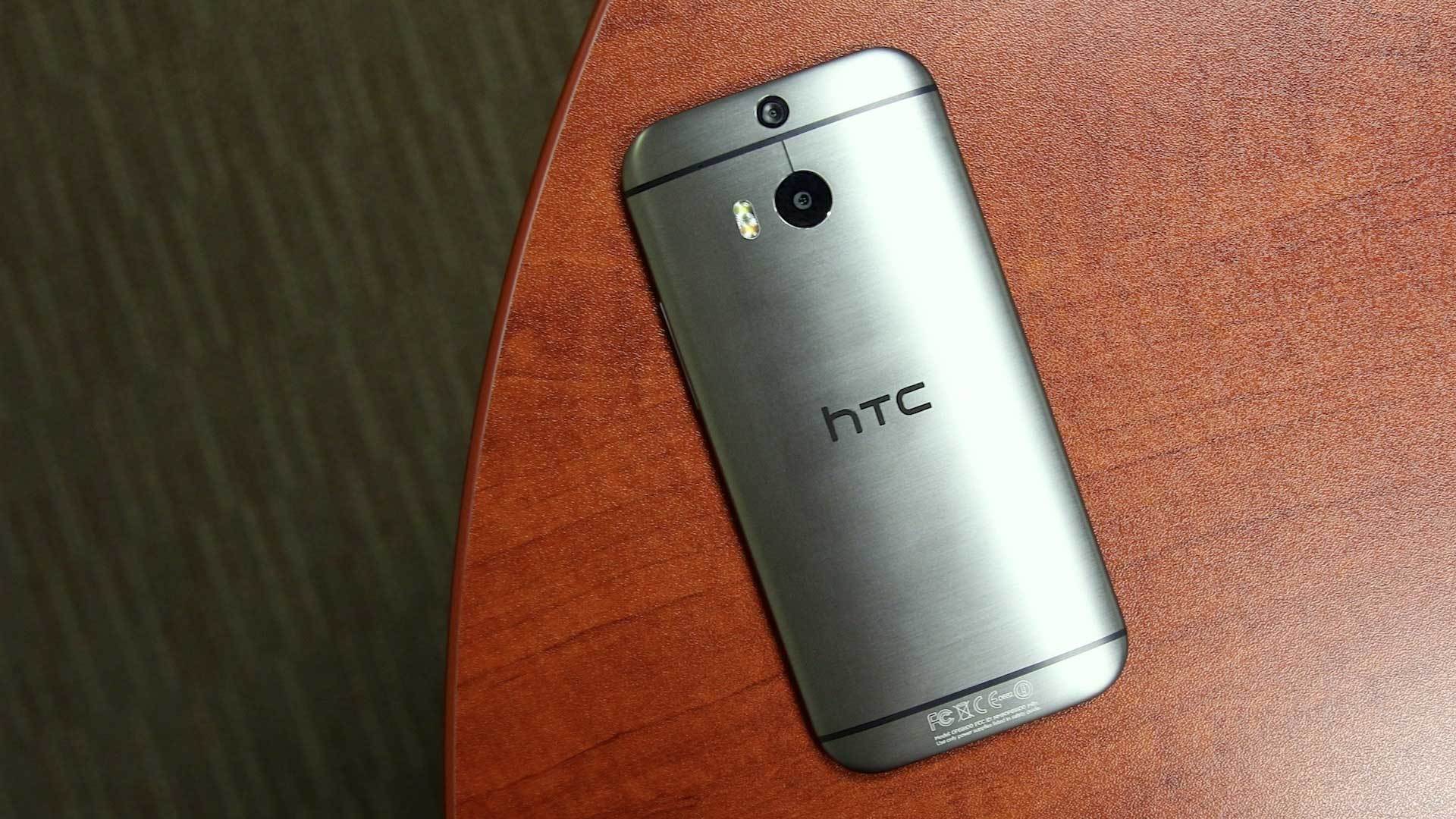
Since launching the flagship One M9 smartphone earlier this year, HTC has been rather quiet. But according to company chairperson and CEO Cher Wang, there's more to come from the Taiwan-based firm later on in 2015, with a slew of new smartphones heading to the consumer market.
There's no doubt that the HTC One M9 is a great smartphone. The M9 ticks most of the boxes one would expect of a flagship device at this point. But with Samsung, the market-leader in terms of top-tier Droids, having really thrown down the gauntlet with its Galaxy S6 and Galaxy S6 edge, the One M9 has drawn some flak for being perhaps too similar to last year's One M8.
Given past release cycles, it's seemingly unlikely that HTC will drop another handset this year to equal or best the One M9 or the almost-identical One M9+. But according to DigiTimes, the company's CEO spoke of a "new series" of smartphones in the pipeline during a meeting of shareholders, although whether this will entail as few scattered handsets or an entirely new product line remains to be seen.
Last week, the HTC 850C was leaked, with the accompanying report indicating that it will be of the Desire variety and aimed towards the Chinese market. Given the inclusion of dual SIM slots, it would seem less than likely that the 850C will reach the Western market, and the same could be said of the Desire-esque HTC WF5W, which also emerged a short while ago. With a super-svelte design, though, the WF5W looks promising in terms of a new direction that HTC could take regarding the design of its smartphones, and as such, it'll be interesting to learn of what the company has up its sleeve.
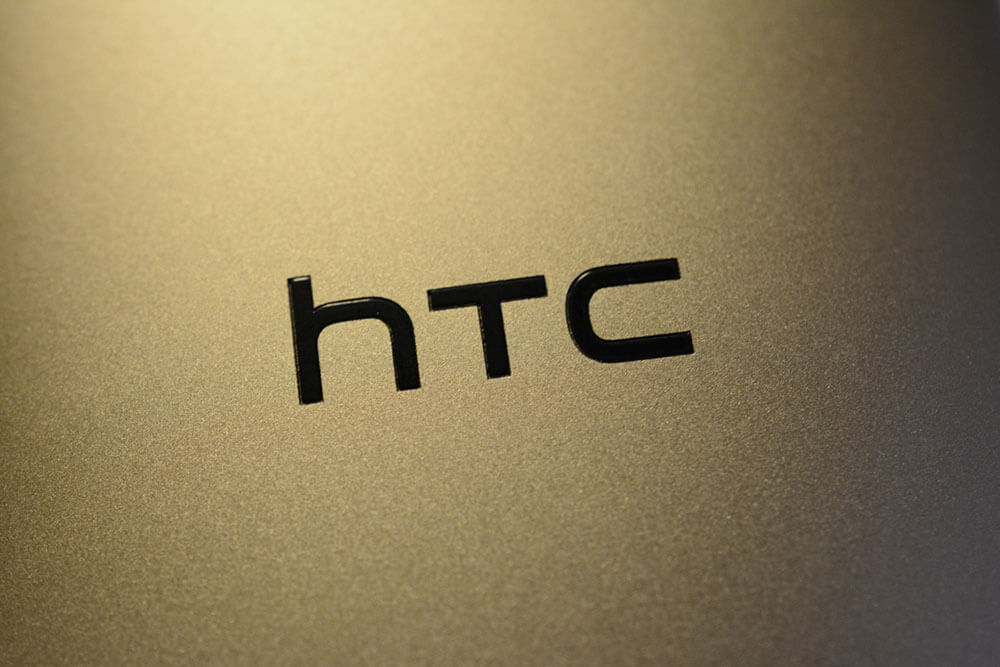
First confirmed News from the Taiwanese giant. HTC will be revealing Two major New Flagship Smartphones on March,1st at the MWC 2015 event. Many expect the company to announce the One M9 and One M9 Plus, as successors to last year's One M8.
The latest leaked press image (via @evleaks) shows two new, never-before-seen HTC smartphones that have similar design traits to other recent phones from the company. They appear to have metal chassis, center-mounted front cameras, and HTC's signature front-facing BoomSound speakers in a similar configuration to last year's mid-range Desire Eye. The only visible difference between the two phones is what appears to be a fingerprint scanner below the HTC logo on one of them. Other leaks have referred to this particular model as the "Hima Ultra" which will be called on the market "HTC One M9 PLUS", the other phone's codename is just "Hima" which will be the regular HTC One M9.
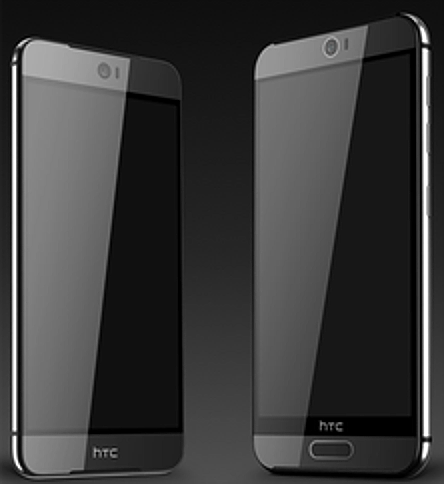
We don't know what the Plus version extra features is yet... It is said this "Ultra" model will have HTC's DuoCamera feature and a fingerprint scanner and may just be destined for the Chinese market. Other specs that have been reported include a 5-inch, 1920 x 1080 display, UltraPixel front-facing camera, 20-megapixel rear camera, and a Snapdragon 810 processor.
Stay Tuned for more Leaks!
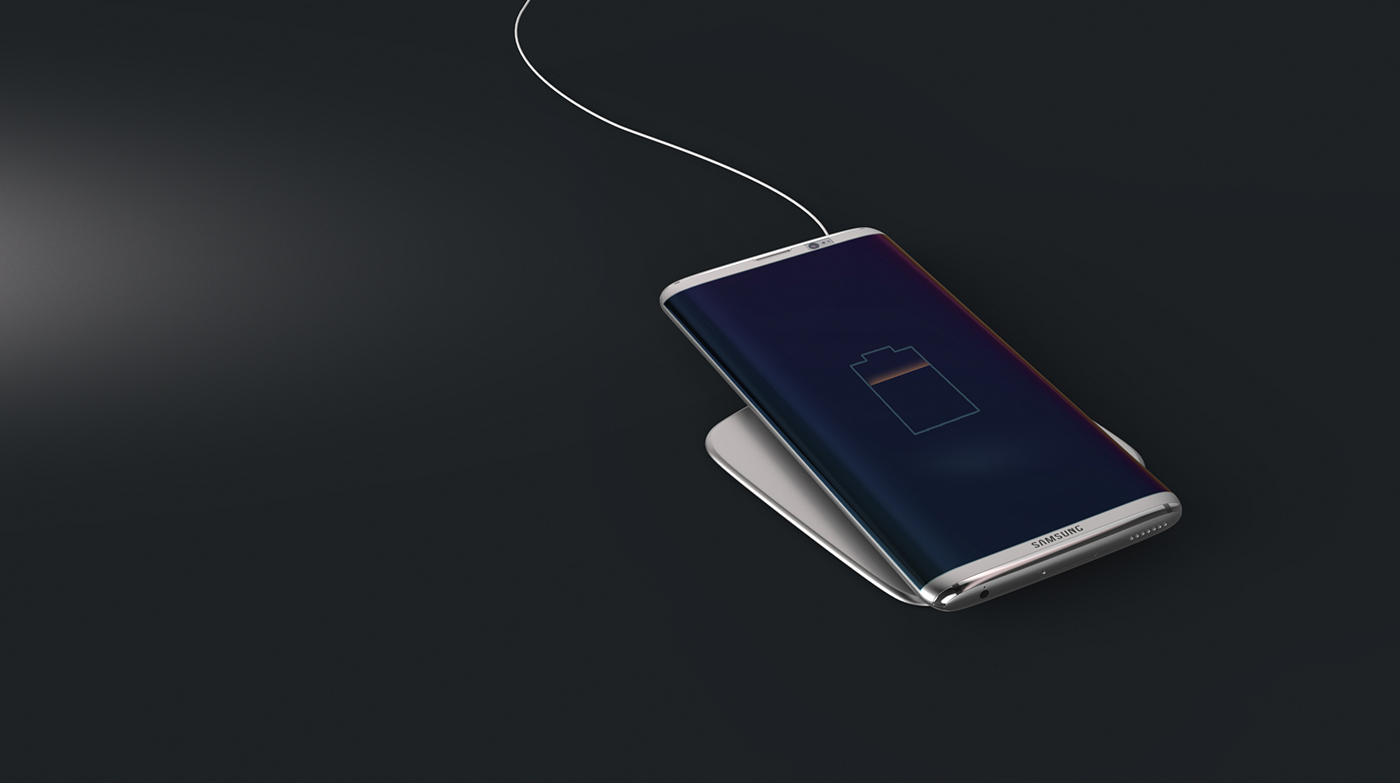
According to the South Korean website, Newsis, Samsung will not be releasing multiple flagship devices throughout the year in 2017, as it has been doing for many years now. Instead, they will concentrate on just one single flagship grade smartphone in the entire year. What this basically translates to is that Samsung will possibly not be releasing a Galaxy Note smartphone in 2017. The move is an obvious effect of the Galaxy Note 7 disaster which will cost the company billions of dollars. This move will ensure that a tight schedule to release multiple high-end smartphones within a very short time frame does not affect the quality of the upcoming devices from the company in any way.
As we know that the Galaxy S8 is coming early next year for sure, it would be a bit disheartening for the Note fans if the report does turn out to be true. On the other hand, this would also mean that the S8 will receive Samsung's undivided love, attention and care for an entire year. We cannot help but feel a bit excited at what the extra care and attention will bring forth with the Galaxy S8. However, could this mean that the S8 would see a delayed release so that Samsung can endow it with extra features and make sure that it's actually safe?
Saikat Kar (tech-enthusiast)
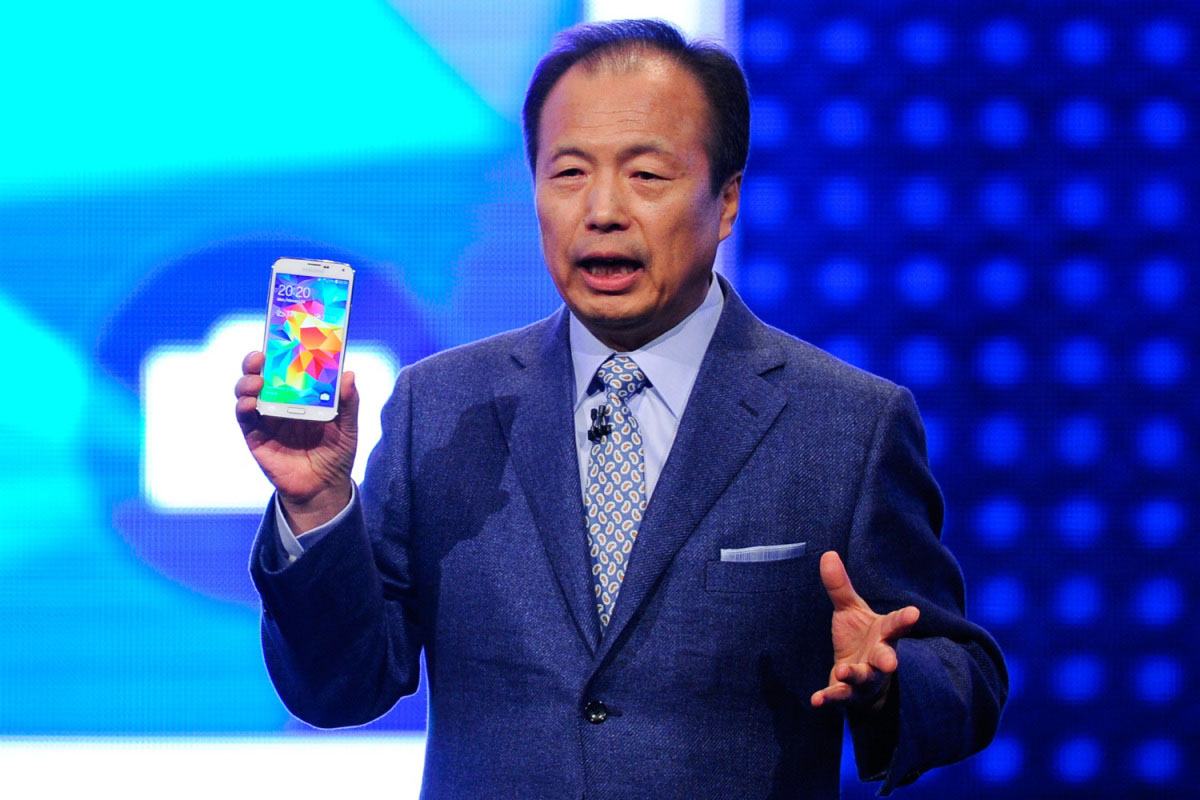
Samsung sales weren't that good latelty, the Korean company is looking to increase its sales rate performance. Kim Hyun-Joon, Samsung's senior vice president of its mobile communications business, tried to ease things with the investors. He said the company is preparing to launch Two new flagship Smartphones, one of them with new materials and another with a large screen. Sound like the Galaxy Alpha.
Now, it wouldn't take long to figure which these devices are, considering that Mr. Kim specified they're coming in the next six months.
This is yet another confirmation, that Samsung is preparing to launch an Android smartphone wrapped in premium materials, and more specifically, metal. In fact, it is rumored to do so with the rumored Galaxy Alpha in just a week or so.
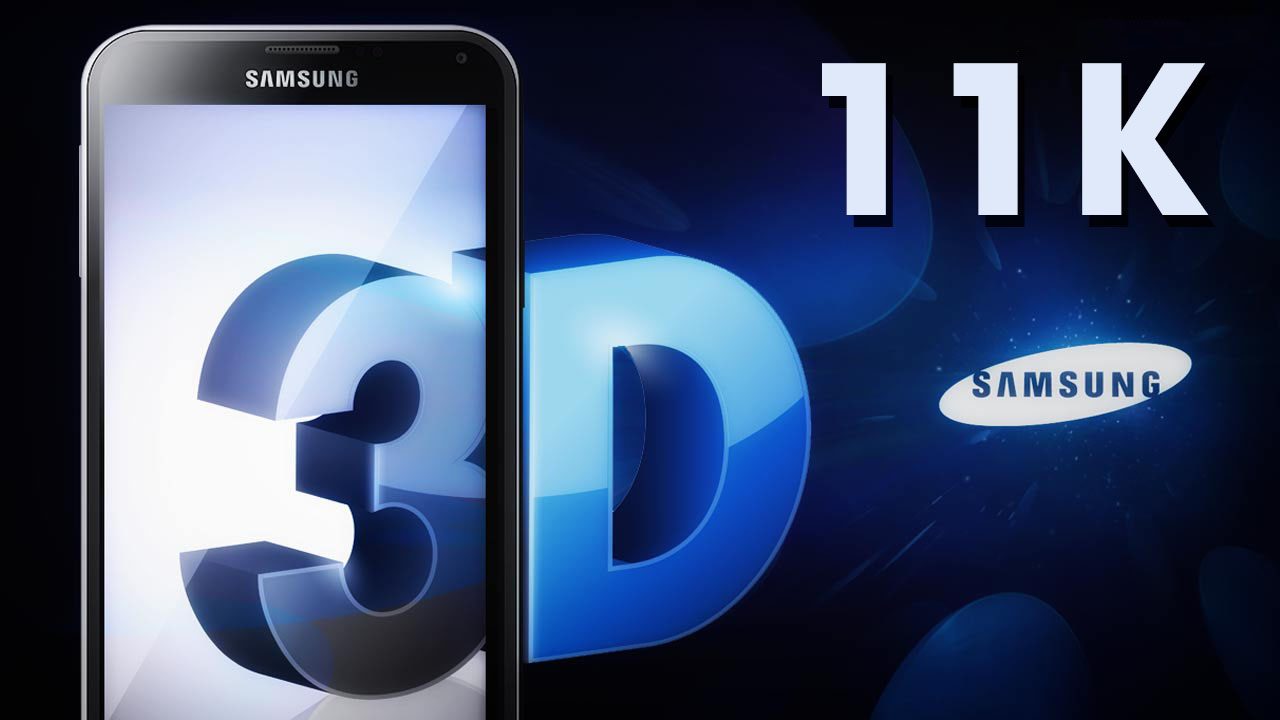
Currently, The highest resolution display in the Smartphones Market is the Quad-HD with Pixel density up to (500 - 700ppi) at max. Samsung is looking on breaking this record once and for all...
According to a confirmed reports from Korea, Samsung partnered with 13 companies and the South Korean government to develop the World's first 11K mobile display with a pixel density of 2250ppi and a resolution of (11264 x 8448), which takes the Smartphone displays to an Insane new level of clarity.
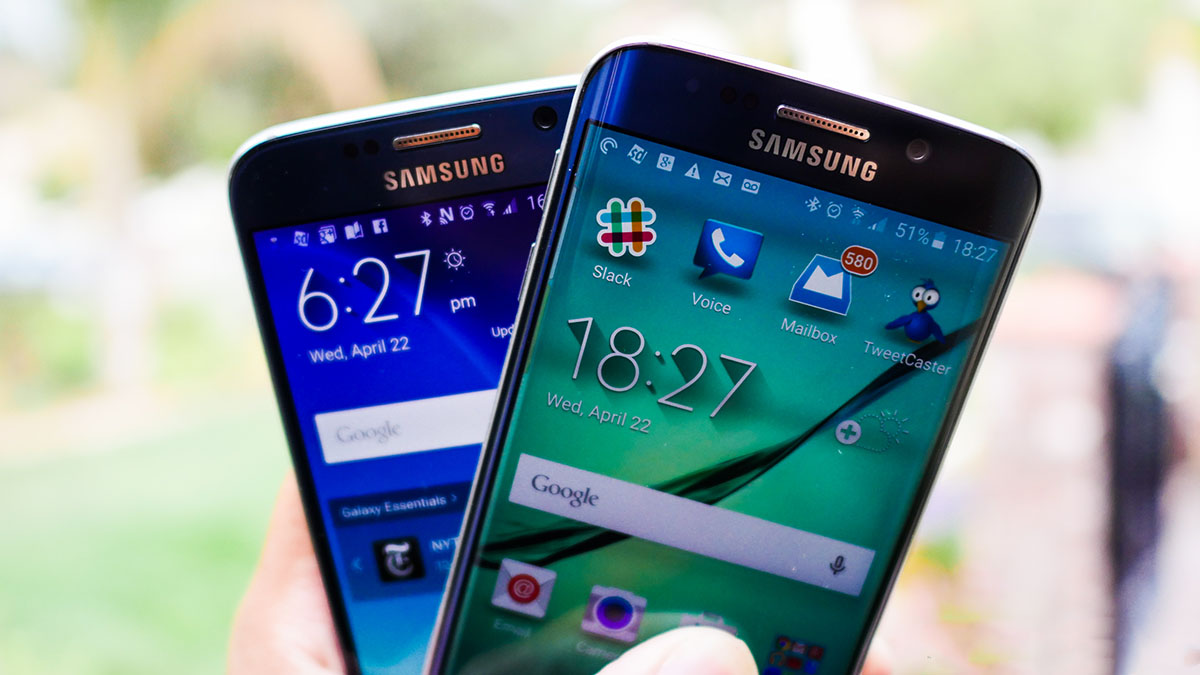
This 11K display needs a super GPU to handle this kind of High-res Graphics. The Korean giant is going to invest $26.5 million into the R&D of this new 11K display. According to the Executive Director of Samsung Display, this might look like "over specification", but the breakthrough would help the Korean industry in the future.
Samsung's goal with this is to implement a "3D effect". Details are scarce, but the way Korean outlet ETNews puts it, such a gloriously high-resolution screen is able to simulate the effect of a 3D screen through some kind of optical illusion. This 11K display panel will be available by 2018 in the company's flagships.

We knew that the American and certain other versions of the Galaxy S9 and S9+ is going to be powered by the Qualcomm Snapdragon 845 and now we also know which Exynos chip is going to power the international variants of the two handsets. The Exynos 9810 is what we are looking forward to being unveiled at the CES 2018 next week and it's going to be a very powerful chip.
With a maximum clock speed of 2.9GHz on the four performance cores, the Exynos 9810 is expected to be 40% more powerful than the current gen Exynos 8895 which is powering the S8, S8+ and the Note 8. The included Mali G-72 GPU will also be 20% more capable as compared to its predecessor, the Mali G-71. AI-based depth sensing and hybrid face detection via software and hardware are going to be the highlights of this chip though, rather than just the power. What this means is that we will probably see a more enhanced version of face detection, similar to what we have seen in 2017 on the Apple iPhone X. The chip will also have an in-built 1.2 Gbps LTE modem with 1.2Gbps download and 200Mbps upload speed capabilities.
Saikat Kar (tech-enthusiast)

Samsung has just launched its 2019 range of 8K QLED TVs in India and Twinkle Khanna was also there during the presentation for some unknown reason. Now the question is, should you shell out around 60 lakh rupees (roughly USD 86,500) for the 98-inch model? Well, if you are considering it, you might as well go ahead because that is not a sum which probably matters to you anyway!
If you find it to be too pricey though, don't worry, because Samsung has you covered with the more affordable 82-inch model for just INR 17 lakhs (roughly USD 24,500) and the borderline cheap 75-inch 8K QLED TV for only INR 11 lakhs (USD 16,000 roughly). If you did not get the sarcasm yet, you are way too rich or serious for reading this article I am afraid!
If the price on the 8K TV sets made you feel poor, don't worry about it, they are not meant for you or me. Even to those that can afford it though, I would personally recommend staying away from 8K right now and going with the Q90 65-inch (INR 4 lakhs/USD 5,770). Although you will be paying roughly twice the price which customers in the US have to, your expense will be well worth it (kind of and not really)!
Saikat Kar

Oppo has been in the smartphone industry for almost 10 years now. They have given us some of the most innovative and feature-rich phones in the market. Among the company's series of devices, the Find series has pushed many limits of creativity. It has some of the best flagship phones of the company as well. As in 2020, the company released a new OPPO Find X2 series this week.
OPPO released Find X in 2018 and joined the early pop-up cameras trend. But instead of giving only the pop-up mechanism to the front camera, the company also placed its dual rear camera system on this pop-up module. The smartphone had highly-advanced hardware to deliver really fast processing speed, and also replaced 3D face recognition technology with the fingerprint scanner. The Find X also brought Super VOOC flash charging technology, which eventually became the norm.
Now, it's time for Find X3 series, which is ready to set all-new benchmarks with its ground-breaking display quality and a powerhouse of loaded features giving a true flagship experience. Both the phones feature a 6.7-inch display and a whopping 120Hz refresh rate. With the ultra-fast Snapdragon 865 chipset and 5G network capability, the devices are well equipped to lead the charge into the future. The series has been ranked among smartphones offering the ‘Best Flagship Performance in April 2020' by AnTuTu.
The display made has already given its display panel A+ approval rating. The smartphone has also received eye comfort certification from TUV Rheinland as the phone cuts down the emission of harmful blue light to reduce to strain on your eyes. The phone has 65W super VOOC 2.0 technology that is equipped with ultra-fast charging. The standard model has 4,200mAh battery, whereas the pro model comes with a 4,260mAh battery.
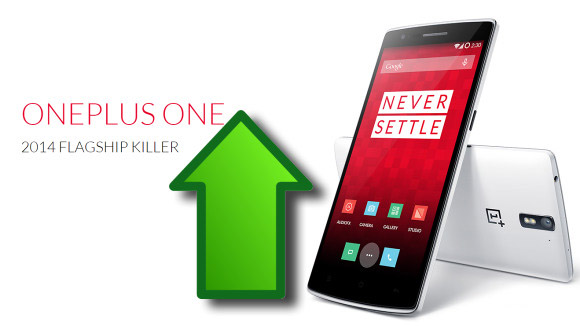
OnePlus has just updated it's one One and only flagship device , the OnePlus One, with a Major OTA update that contains the new CyanogenMod firmware [CM 11S 38R] which brings many new features, improvements and bug fixes.
Notable upgrades in this firmware are the added RAW format in the Camera app, expanded audio codec playback capabilities, better battery life and ANT+ support. The battery life also got a boost, while quite a few bugs got squashed.

Official [CM 11S 38R] Update Change-log for OnePlus One:
- Improves the responsiveness of the touchscreen.
- A new and very cool lockscreen.
- Ability to take photos in RAW format.
- Enhanced audio capabilities (24 bit, 96/192khz-flac/alac/wav files without resampling).
- ANT+ support.
- Added method for users to report bugs directly to Cyanogen.
- Added pause button during video recording.
- Improved battery life.
- Fixed issues with camera exposure compensation stuck in auto.
- Fixed issues with ‘4G Preferred' option not connecting to 3G data.
- Fixed issues with delay in torch activation.
- Fixed issues with unresponsive screen requiring reboot.
- Fixed issues with static in speaker when changing volume while headset plugged in.
- Fixed issues with rotation not triggering when rotated slowly.
- Fixed issues with Quiet Hours / system UI causing battery drain on last day of month.
- Fixed issues with camera not starting when LED torch is already on.
- Fixed issues with Bluetooth volume low on connection.

The first time Apple manufacturer Foxconn has started to assemble building iPhone 11 units in a facility in Chennai in India. The company has already making iPhones in the country but this is the first time they are focusing on its top-tier smartphones. Apple has been working in the country since 2017, and according to the reports, were already considering to move the production of its premium models there as well.
India is the third-largest smartphone market due to its population of around 1.73 billion. After Trump administration has banned Chinese smartphone companies and induced some serious business transaction limitations on China, Apple was looking for an alternative place to manufacture its phones. Moving to India will reduce Apple's reliance to some extent. And while Apple tops the premium smartphone market in India, it has only about 1 percent share of the total smartphone marketing in India.
The iPhone prices are getting higher and higher every year that has put the iPhone out of reach. By manufacturing devices in India, Apple would be able to avoid a 20-percent import duty that India has imposed on imported electronics. This might lower to prices of the iPhone to at least 20%. Wistron, which has locally assembled older iPhone SE, iPhone 6s and iPhone 7 models in the past in its Bangalore plant, currently assembles iPhone XR units in India. Apple discontinued the local production of iPhone SE and iPhone 6s last year, the person said. Piyush Goyal, India's Minister of Commerce and Industry, tweeted on Friday that Apple had begun assembling iPhone 11 models in India. Apple did not comment on this story. Apple also has plans to launch its online store in India for a few months and open its first brick-and-mortar store in the next year. So, the plan to open a new store seems to be on track despite the pandemic.

Each year, the big-name smartphone companies go head-to-head with their latest and greatest devices, with flagship smartphones often boasting the most powerful hardware, the best cameras, and a price tag that's often in excess of £1000. One of the primary purposes for mobiles now is gaming, with performances and visuals being key components to the entertainment medium.
As mobile casino game apps contain hundreds of live rooms and games, you'd be forgiven for thinking that, to play these games in their best form, you'd need a flagship smartphone, or a relatively modern laptop. Luckily, despite the ever-evolving nature of smartphone technology, you don't have to own the pinnacle of mobile devices to enjoy everything that mobile casino gaming has to offer.
Pocket devices as powerful as old computers
A history of the development of mobile phones and smartphone devices.
Smartphones are now an embedded part of everyday life, being centric to work, communications, consuming information, and entertainment. Seeing how quickly smartphones increase in power year-on-year, it might come as a surprise that their origins stretch back to 1973, with the first use of the Motorola DynaTAC 8000x. In 1984, that same original mobile phone went on general sale, but for nearly $4,000. In 1992, perhaps the most recognizable name in early mobile phones, Nokia, broke onto the scene with the 1011, which brought in text messaging.
The change from what we now deem to be a limited device to the first real smartphone came in 2007, when Steve Jobs ushered in a technological revolution with the first iPhone. Since the iPhone, smartphones have developed at an incredible rate to the point where now, we can even play the kind of games that were formerly reserved for specialized hardware (video game consoles and PCs). As smartphones have become more accessible over the last 13 years, with mobile network subscriptions and mobile infrastructure becoming cheaper but stronger, their applications have significantly increased.
Now, due to the sheer popularity of these devices, many industries have been built on or have come to rely on the mobile platform for business. Stores can now offer easy and convenient access to their wares, while the improving nature of the hardware has opened smartphones up to video game publishers. Many seek to encourage the purchasing of the latest tech to play the best games, but while the online casinos have moved their hundreds of games to mobile, their aims are directed towards inclusivity and accessibility.
The mobile gaming arms race
With each new operating system on Android or iOS devices comes the potential for developers to enhance or stretch their games further. Now, the mobile gaming industry is worth billions worldwide. Hence, publishers from the video gaming space want their properties to stand out on mobile, for which they have to offer the highest standard of gameplay - particularly to access the wealthiest customers. These games are becoming increasingly demanding, with many smartphones being unable to play them in their optimal form.
Take two of the most popular games, PUBG Mobile and CoD Mobile, for example, with CoD Mobile demanding that an Android device have at least 3 GB of RAM and a Snapdragon 625 chip. PUBG Mobile isn't quite as demanding but saw the need to create PUBG Mobile Lite to make the game accessible to the developing Android markets. For optimal gaming, the Snapdragon 845 chip found in 2018 flagship mobiles is recommended to play these mobile titles.
This arms race to outdo others in the increasingly competitive mobile gaming space is something that casino gaming has been able to sidestep. As the entertainment medium is distinct enough not to be classed under the same banner, casinos moving to mobile were able to focus on the primary goal of being as open and accessible to as many potential players as they can. The way that mobile casinos compete is through ease-of-use, bonuses, and the number of games, as opposed to pushing the limits of the available technology in the way that action games do.
Since at least 2011, casino game developers have been developing games with mobile usability in mind, most now opening projects with a mobile-first mindset. The use of HTML 5 and mobile protocols allow the games on the most accessible platform in the world to uphold a high level of accessibility to all smartphone users.
The casinos manage to bring all of their gaming options into one tight app. In contrast, the biggest mobile games prefer to compete on fronts like graphical fidelity, regardless of the demands on the device. As such, the games take up a lot more storage and tend to have newer operating system requirements, as you can see from the comparison below.
A table to show the demands of leading casino gaming and mobile gaming apps. For reference, iOS 9.0 was released in 2015, with Android 4.4 coming out in 2013. Some apps will have later requirements due to being released later.
Maintaining a low-level of demand to appeal to all
While major games like PUBG Mobile and CoD Mobile also rely on having thousands of players online at once to allow the multiplayer aspects to function at their peak, mobile casinos with social games like bingo make a much more concerted effort to offer their games to even the weakest smartphones available. For mobile bingo and the slots library that often comes with the bingo on operators such as 888ladies, developers and designers have endeavored to make the app as accessible, simple, and efficient as possible, featuring convenient touchscreen controls across the whole offering.
Yet, the simplicity and compact nature of the app doesn't detract from the entertainment platform. It still runs its many live and ongoing bingo rooms or various prizes as well as hundreds of slots - including the interconnected progressive jackpots. As opposed to infusing extravagant animations or video game-style gameplay elements, slots and bingo developers have maintained their less-demanding nature by adapting themes and videos within the games and making them more interactive instead of pushing the storied entertainment mediums to reach the limits of the technology available.
To play mobile bingo and casino games, you do need a modern smartphone. However, you don't need a top-of-the-line flagship model or even an average device from the last few years. With all of the games that you could want in one app, the developers have made sure that you don't need to worry about phone specs to place mobile casino games.
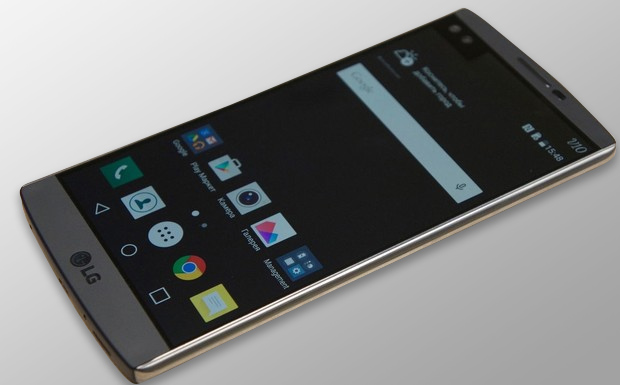
With all that's going on with the Samsung Galaxy Note 7's exploding batteries and the iPhone 7's somewhat disappointing unveiling, there is a perfect market for LG to introduce its flagship V20 smartphone to the consumers now. The chances of LG seeing a much better sales number with the V20 than it did with the V10 or the G5 is pretty high because at least a portion of the consumers looking to buy a new flagship device would be tempted to try out a premium device from a reputed company that has kept the 3.5mm jack and doesn't blow up while charging (hopefully!). Unfortunately, there is no definite news about the smartphone's availability, except the fact that it is expected to be released near the end of 2016.
This has been confirmed that the LG V20 will be the first smartphone in the world to be shipped with Android 7.0 Nougat pre-installed. Have a look at some of its other prominent features and decide for yourself if you should hold on from upgrading for just a little while longer.
Display: 5.7-inch QHD IPS panel
Dual rear cameras: 16mp sensor with f/1.8 aperture and 8mp sensor with wide angle lens and f/2.4 aperture.
Front camera: 5mp sensor with wide angle lens and f/1.9 aperture
Audio: Quad DAC technology for enhanced audio output via the speakers and the bundled Bang & Olufsen headphones
Battery: 3200 mAh Li-ion battery that's removable
Chipset and RAM: Qualcomm MSM8996 (SD 820) with 4GB of RAM
The only two things we did not like about the V20 so far are the 3200mAh battery which could have been slightly larger and the lack of water-resistance that both the Note 7 and the iPhone 7 has. Other than that, the LG V20 looks to be a solid smartphone and it might be a smart move if the Korean OEM pushed the device a little earlier than rumoured.
Saikat Kar (tech-enthusiast)
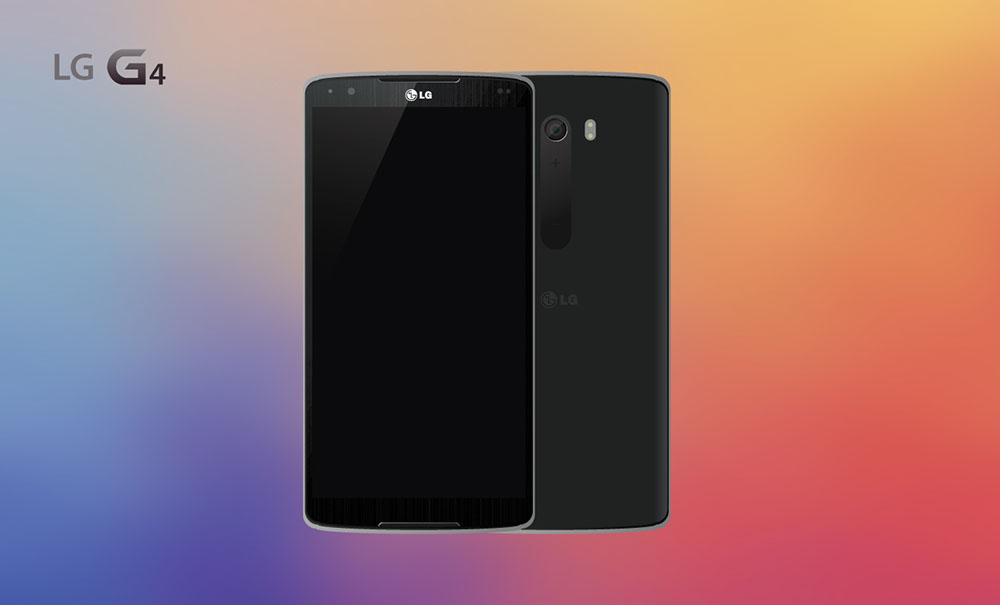
LG broke it's silent about its upcoming flagship, An LG exec. announced that his company won't be unveiling the LG G4 at the MWC 2015 event on March. He explained that the reason behind this decision because they want to spend more time perfecting the new phone, now comes another nugget of info about the upcoming flagship, straight from LG's conference call with investors during the quarterly earnings report.
LG Mobile is apparently planning to make a big product announcement in Q2, which will likely be the G4, as its predecessor, the G3, was announced during a dedicated even at the end of May last year.
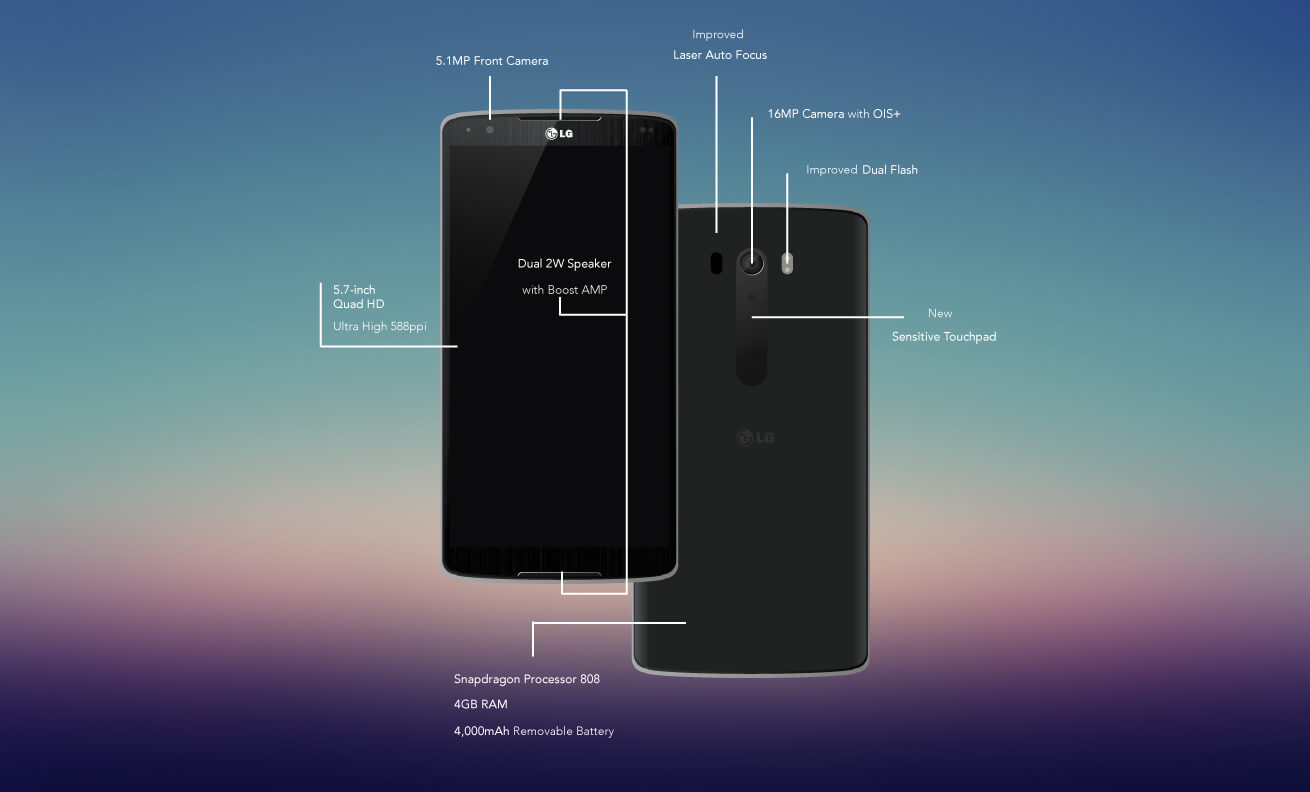
The LG exec continued that with the G4, design will continue to differentiate in terms of strategy, leaving us wonder whether he means another innovative placement of the physical keys, or an outright change in housing materials, given that the S6 is widely rumored to be metal-clad, for instance.
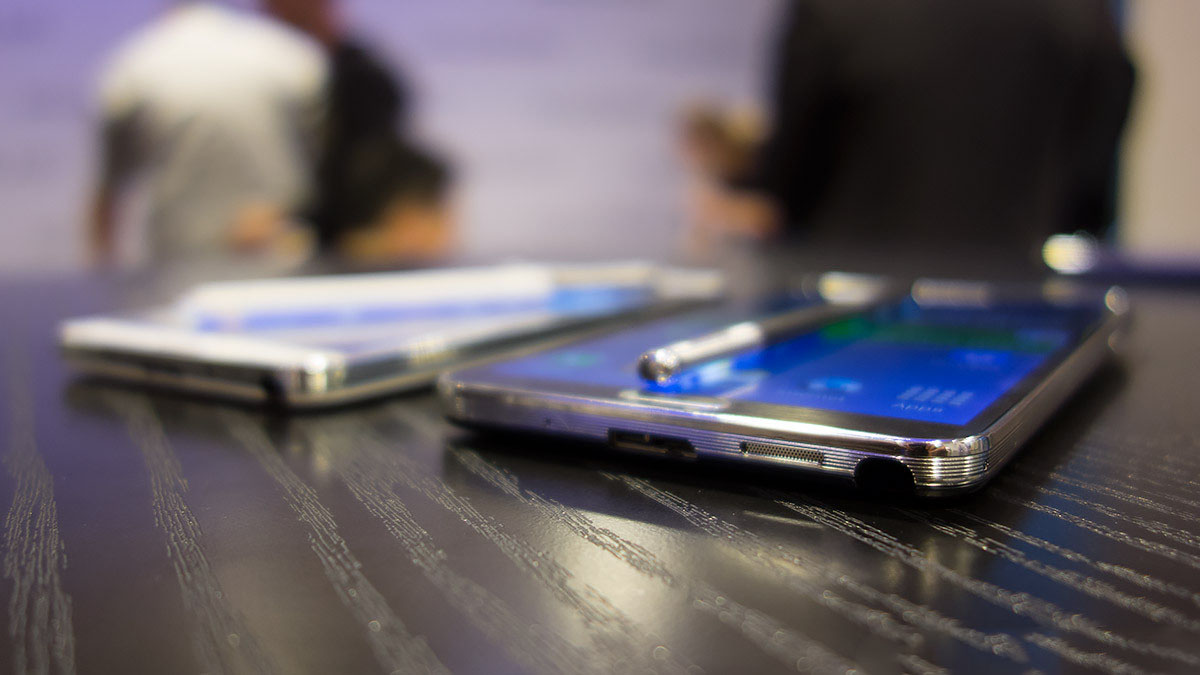
We are still waiting for Samsung's Galaxy Note 4 launch on Sept,3rd. However, it looks like we might a Mid-Range Note beside the upcoming flag-ship, the Rumor saying that Samsung is most likely to release a "cheaper" version of the Note 4 with lower specs to target more audience. What will this Mid-range Note phablet pack ?
Based on info from the GFX benchmark site, up its sleeves. Samsung's Mid-range Note will be codenamed SM-G739F . The phone does come with a 5.5-inch screen, with resolution of 720 x 1280. Under the hood is a Quad-core 1.6GHz Snapdragon 400 CPU with the Adreno 305 GPU handling graphics.
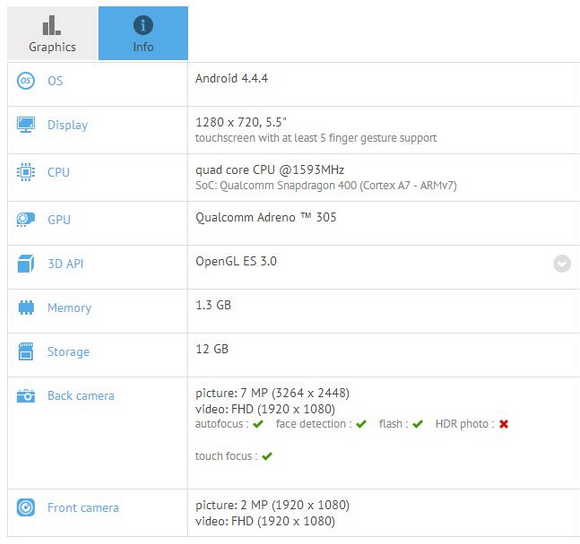
The unnamed model will also carry 1.3GB of RAM and 12GB of native storage. There will be a 7MP snapper on back, with a 2MP camera in front. Both will be capable of shooting 1080 x 1920 video. Android 4.4.4 is pre-installed, out of the box. Outside of the above specs, not much information is available about the phone, including availability and pricing. But we will keep our eyes peeled, and as soon as we know more, you'll know more.

There have been quite a few rumors going around the internet recently about Motorola's next flagship smartphone, the Moto X4. Those rumors found new vigor after an image of the X4 was posted by hellomotoHK on Google Plus. The same post managed to start another rumor about the smartphone as it hinted towards a release date that is set on August 24.
As expected, the image shows us a glass-metal body, with glass in front and metal on the back. On the white model, two black dots can be seen flanking the physical Home button in the middle, which probably also doubles as the fingerprint scanner. The volume and the power buttons seem to be equally spaced on the top-right side of the device.
The circular camera protrusion at the back has been the subject of much speculation, but all we can see from the picture is the Moto logo and the dual tone flash. We agree that the image does indicate that the X4 might house a USB Type-C port, but will have to wait to confirm that one.
Earlier, Android Headlines had reported that the flagship smartphone will feature a 5.5-inch 1440p AMOLED display and will be powered by the Snapdragon 820 chipset. We wouldn't be surprised if this turns out to be true as the Snapdragon 820 is currently powering most Android flagships in 2016 and the Motorola team is known to use QHD AMOLED displays in their high-end phones earlier as well. We will find out more in the upcoming months, leading to August 24.
Author: Saikat Kar (Tech-journalist and enthusiast)
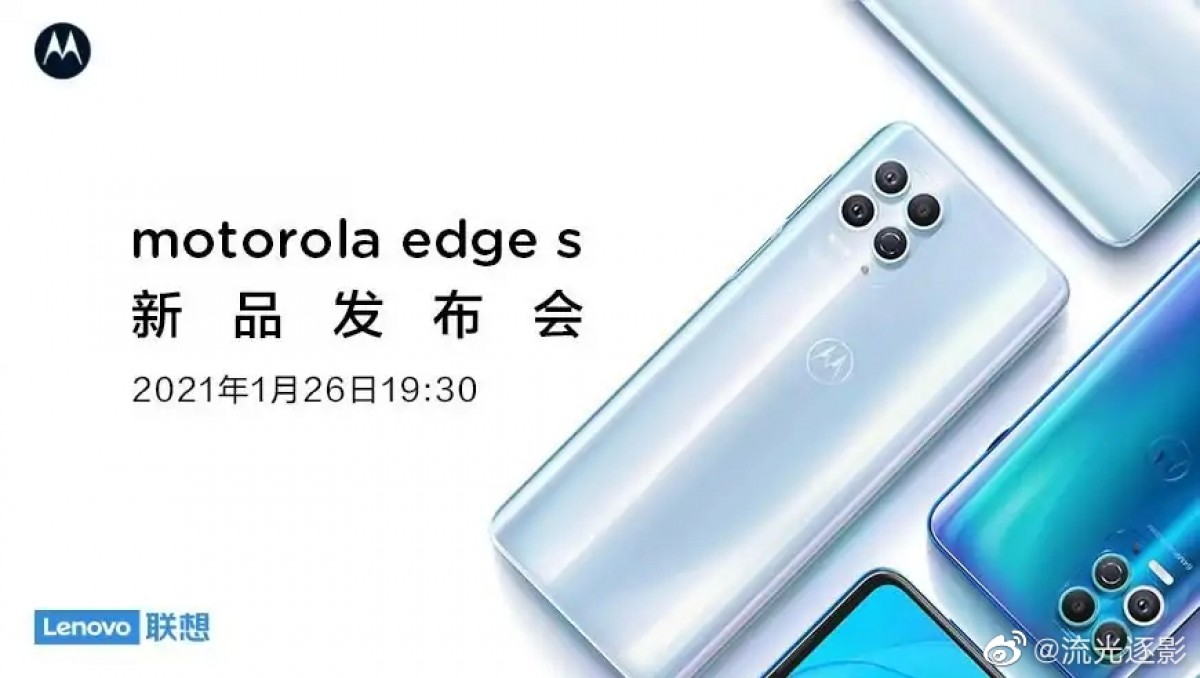
Motorola China revealed its latest premium smartphone at an event in the country today. The flagship is the world's first smartphone to be powered by Snapdragon 870 and called Motorola Edge S. The phone doesn't have any curved edges or display. In fact, it features a rather flat display screen with double hole punches for two front-facing camera sensors. The phone not only packs a bunch of cameras but also offers a high-speed processor for heavy use.
The rear panel of the phone is slightly curved and features four cameras arranged in a not-so-stylish way. The device has an NVCM coating and available in the market as well as online in two different colors - Emerald Glaze and Emerald light. The Motorola Edge has a 6.7-inch LCD display screen with a 90Hz refresh rate and a 21:9 aspect ratio. The screen's resolution is 2520 x 1080 with a 409PPI, HDR10, and a DCI-P3 color gamut.
The device uses Snapdragon 870 processor that brings an improvement in performance to a great extent as compared to its predecessor. Its CPU performance is measured to be exactly 12% higher than that of the Snapdragon 865 while GPU is 10% more powerful. According to the company's official statement, the Edge S scores higher than the Mi 10 on AnTuTu which scored only 585,232 points, whereas the Edge S shines with 680,826 points among its competitors. The phone's higher score is due to the result of the Turbo RAM which is 72% faster than LPDDR4 and also has UFS 3. Internal storage is 25% faster than the traditional UFS 3.0.
Motorola Ege S features four cameras at the rear side of the phone that includes a 64-megapixel primary camera, a 16-megapixel 121 ultrawide angle camera that also doubles as a 2.8CM macro camera, a 2MP camera for taking better portrait images, and a TOF camera sensor that has a light right around its casing. The front-facing cameras are 16-megapixel and 8-megapixel with the ultra-wide-angle camera sensor. The phone has a built-in vlog mode, night mode, and can shot up to 6k video at 30fps and 4k video at 60fps.
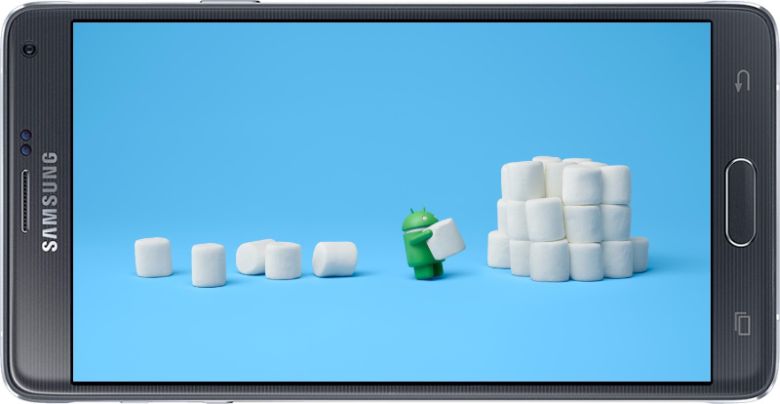
After Samsung launched its Android 6.0 beta program on two of its premier devices from 2015, people were curious whether or not some of the older 2014 models will receive the Marshmallow update. As it turns out, the Galaxy S6 and the Galaxy S6 Edge are just the beta platforms for the Company to consolidate its Android 6.0 Marshmallow firmware, but certainly not the only ones who will get the update.
Historically speaking, Samsung always updates its major/flagship devices twice when it comes to big Android version updates. Therefore, the Galaxy S5 for example, should receive Android Marshmallow as its second update is still due. Our previous reports regarding the ongoing work on the Marshmallow firmware for S5 also confirms our educated guess. The Note 4, the Note Edge and the Galaxy S5 LTE-A among others should receive the same sometime in 2016.
Needless to say, the more recent devices launched in 2015 will also get Android 6.0 but the exact time for those updates are not yet clear. Unlike Nexus or Motorola devices, Samsung phones do not necessarily get the fastest updates because the company also needs to customize its own TouchWiz UI on top of the new Android version. The delay might irritate some users, but it is better to get a bug-free, solid version than a faster botched up update in our opinion.
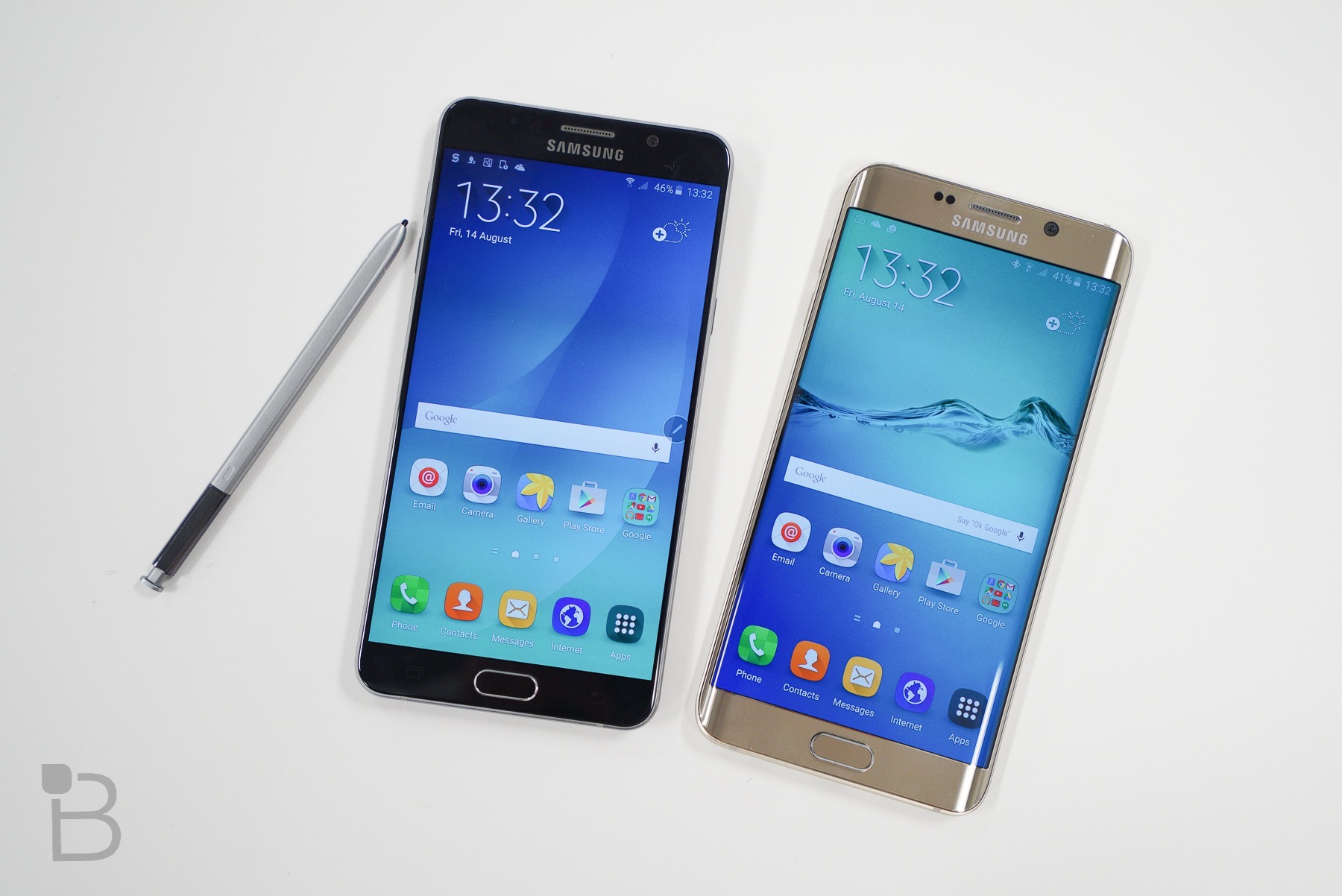
Samsung recently started rolling out the February's security update to all of the unlocked devices of the Galaxy S5, Galaxy S6, Galaxy S6 edge, Galaxy S6 edge+, Galaxy Note 4 and Galaxy Note 5 present across Asia, Australia, Europe, North America and South America.
This update is exactly like the firmware that Google released for its Nexus series at the very beginning of February. It primarily resolves the 10 security loopholes and 7 major vulnerabilities present in the Android operating system. It also packs a dedicated patch for the buggy Qualcomm Wi-Fi drivers and a solution for a major error that could have facilitated remote access to the smartphone by sending a simple text message.
Sadly, the South Korean tech giant was not able to publish the complete change log for this update as there are issues present in the software which might not have been exploited by hackers till now. They might try to attempt to exploit those security issues before the patch reaches the devices. If you are using one of the devices listed above and interested in finding out whether the update is available for your particular unit or not, then jump into Settings, go to About Device and finally tap Check for Updates.
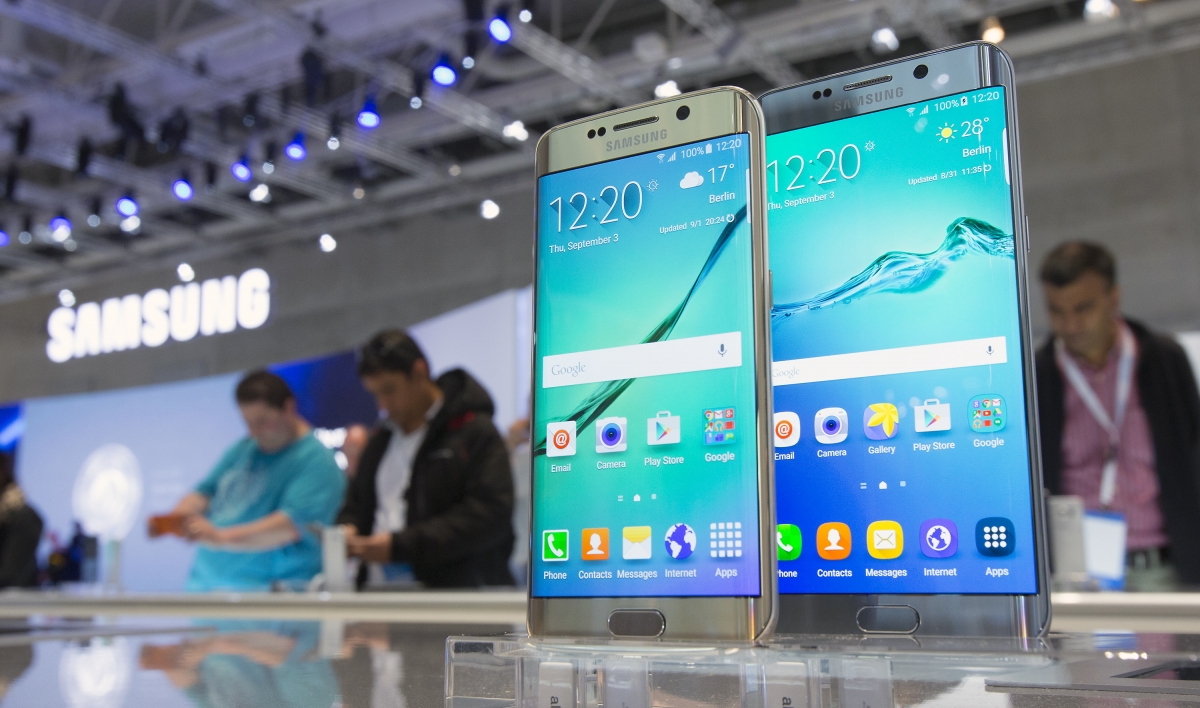
Ever since Stagefright came into public limelight in 2015, Samsung had taken up a policy to keep all its top-tier handsets updated with the latest security patches on a monthly basis. This was a step by the Korean smartphone manufacturer to ensure that this chink in Android's armor cannot affect its flagships. So far, Samsung has kept its promise and as a result, all the major smartphones under the company's banner usually get monthly security patches.
2015 is behind us now and the January, 2016 is coming to an end, but Samsung still makes good on its promise as January security patches for the S5, Note4, S6, S6 Active, S6 Edge, S6 Edge+ and Note 5 are now going live OTA. The update is designed to not only thwart present attacks by hackers, but also has elements programmed into the kernel to prevent attacks that have not yet been exposed.
In fact, the security update won't even have a fully disclosed changelog accompanying it as that would make it accessible to hackers, who can then use that data to penetrate the security system of Samsung smartphones. Nonetheless, Samsung has assured its users that this will fix prime susceptibilities that the aforementioned smartphones may have to remote code execution. Although this is good on Samsung's part, it leaves us with a question, what about the other, cheaper Samsung smartphones and their users?
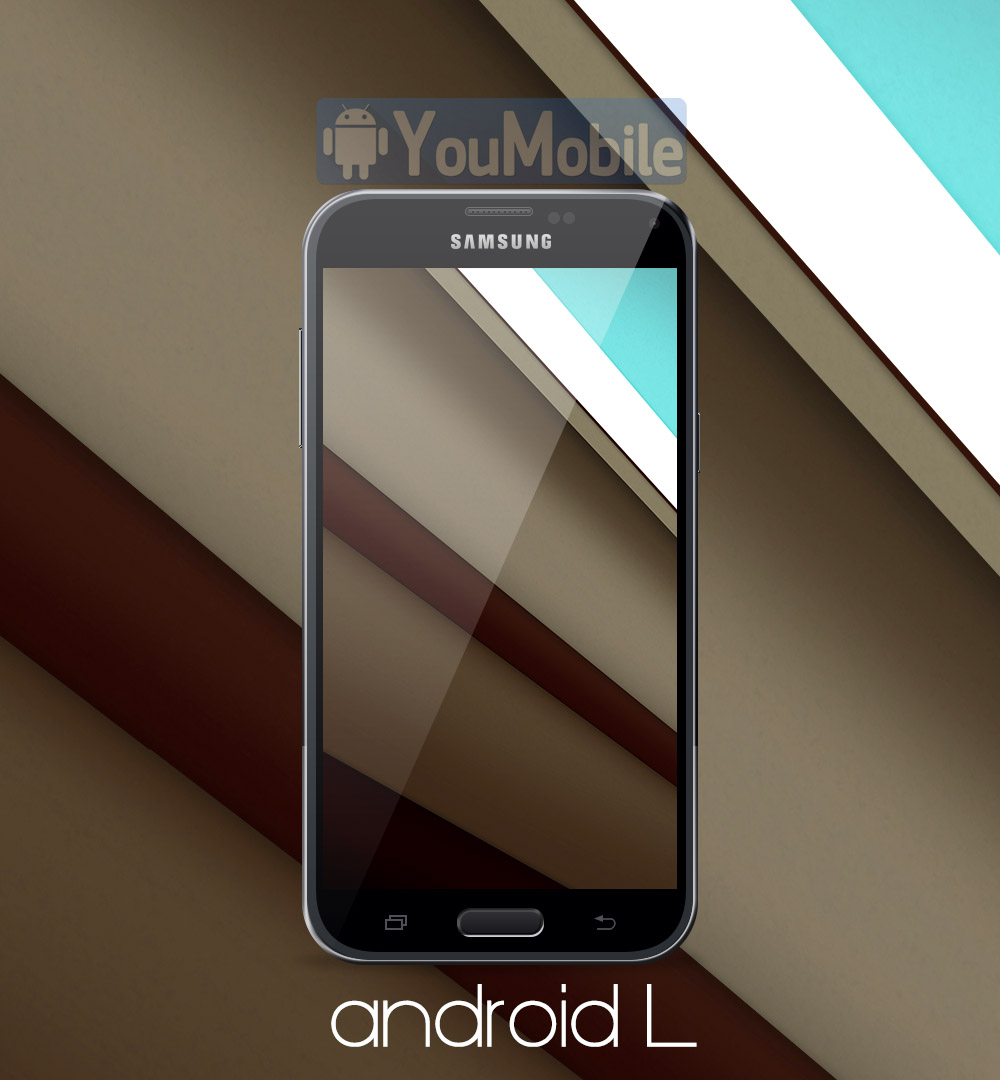
Android L official launch date is this Month. You might be wondering when Samsung will update it's latest flagship devices for this year like the Galaxy S5, Galaxy Note 4 and Galaxy Note Edge... well, the latest reports indicates that Samsung will bring the Android L Update to its flagships devices by the end of this year, probably in late December this year.
Samsung, HTC, LG and many Other companies already building their firmwares on the current Android L developer preview image, by the time Google release the official Android L image, these companies will be almost ready to release an OTA update based on the latest Android L image build.
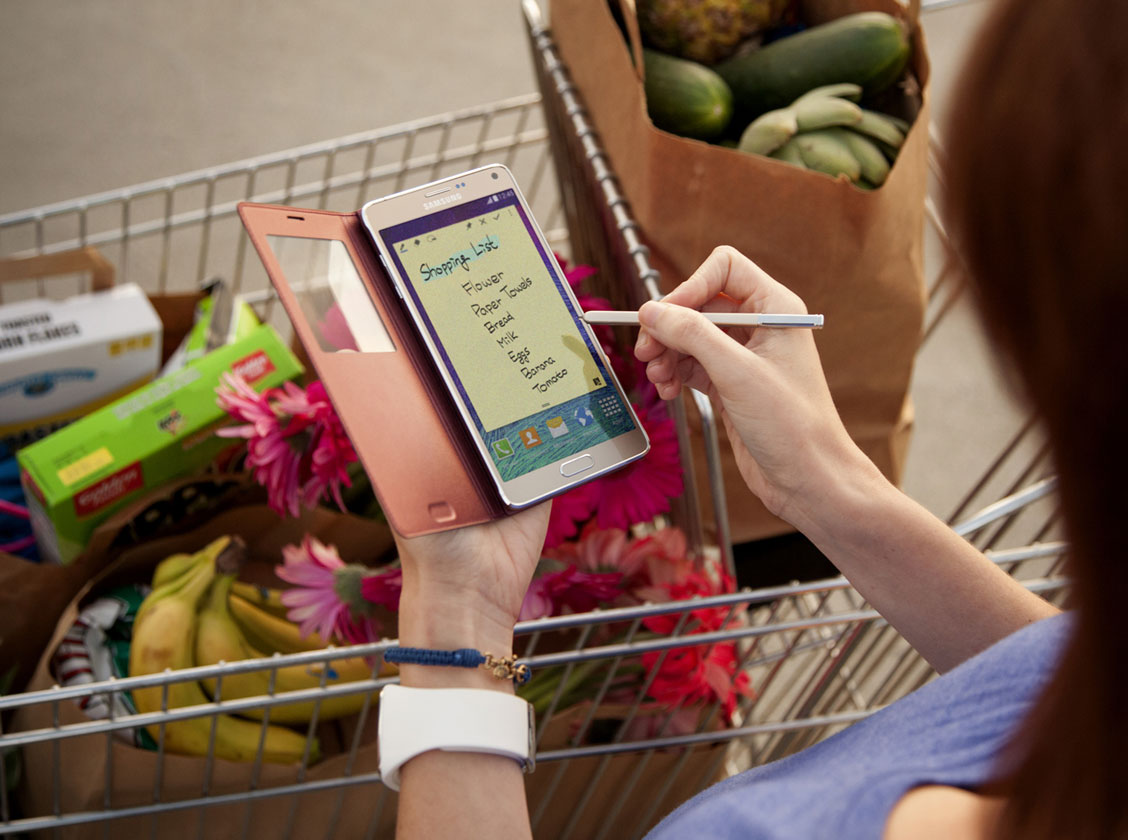
Android L update for Samsung devices will bring New TouchWiz UI tweaks, performance enhancements, security improvements and new features too. Samsung Galaxy S5 will get a Note4-like UI with the Android L update, which takes multi-tasking to a whole New level.
Stay Tuned for More Information!

The Galaxy S6, Galaxy S6 Edge and Galaxy Note 5 just got updated to the latest security patch from Google on Verizon. While it would be last month's patch in just a few more hours, it's good news that Verizon at least managed to push it out on the last day of the month. This almost covers the entire 2015 flagship line-up from Samsung except the Galaxy S6 Edge+ but it could also be getting the same patch anytime now.
Aside from fixes for 61 vulnerabilities and bugs in the base Android operating system, the update will also patch the infamous KRACK Wi-Fi susceptibility which had been bugging Samsung devices since early November. Additionally, there are also fixes for six problems in Samsung's own UI which runs on top of the Android OS. If you have already received the update, do let us know if you find something we missed. If it isn't there yet, it will be in a couple of days at most.
Head over to our firmware section to find all the latest available updates for your Samsung smartphones and tablets.
Saikat Kar (tech-enthusiast)
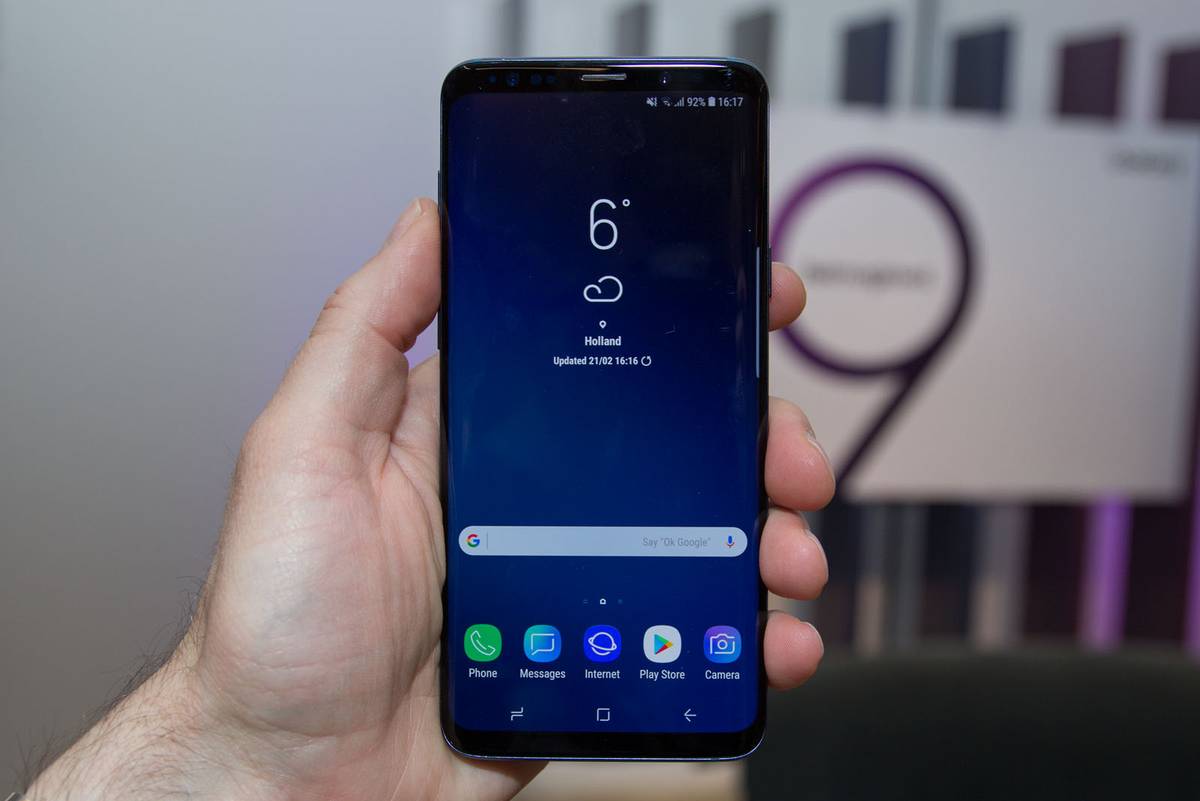
It's mid-September already and Samsung has already rolled out the latest Android patch with their own fixes to a number of models. The flasghips were next apparently, because the OEM has just started releasing the September security patch for the Galaxy S9, S9 Plus and the Note 9. Keep in mind that if you are in the US, the carrier versions always get the updates first and this month is no exception either. Sprint customers should be seeing the update arive on their S9/S9+ any day now, if they have not received it already.
The Galaxy Note 9 on the other hand, is only getting updated in Europe at the moment, with Romania, Netherlands and Switzerland being in the front lines, as mentioned by SamMobile. If you have not yet received the same security patch on your Galaxy Note 8, you probably need to check for it manually, because smasung had released it quite a few days back in a lot of regions.
The large update for the Galaxy Note 9 seems to be puzzling a lot of users though, as most of them could not find any significant changes in their devices, post the update. While this in itself should not be anything to be puzzled about, the 660MB size of the update is quite baffling! If you were expecting to get AR Doodle and the Live Focus features which the Note 10 has, this update is not going to bring them to your device undortunately, and the change log did not mention anything significant at all. So the question is, what on earth is this 660MB update packing, aside from the minor bug fixes and security certificate updates?
Saikat
© 2023 YouMobile Inc. All rights reserved
